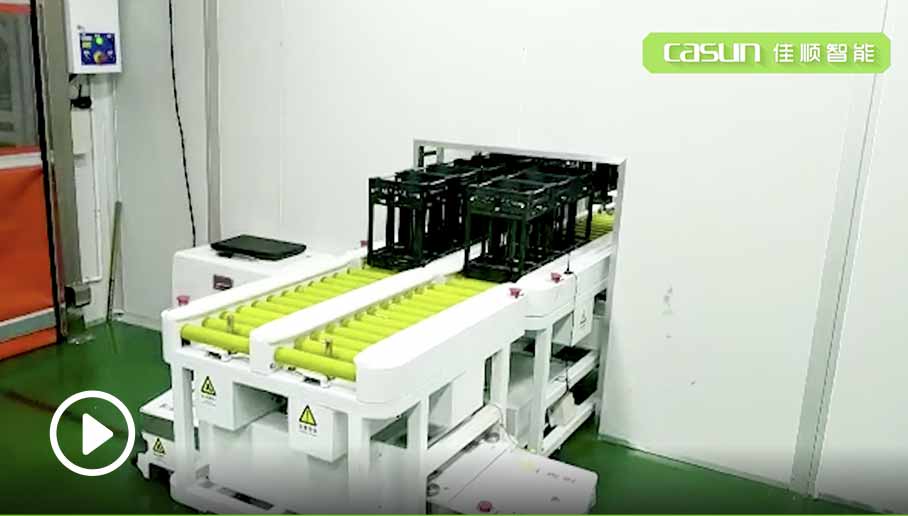 Focus on AGV industry for 18 years
Focus on AGV industry for 18 years
 Focus on AGV industry for 18 years
Focus on AGV industry for 18 years
In the automotive parts manufacturing sector, challenges such as highly customized demands, production efficiency pressures, material management difficulties, and rising labor costs are faced by companies. As a leading enterprise in the automotive industry, the headlight factory of this company urgently needs to introduce automated handling equipment to improve production efficiency, reduce costs, and enhance production line flexibility.
AGVs (Automated Guided Vehicles) / AMRs (Autonomous Mobile Robots), as an automated material handling solution, can meet the needs for material transport, production line connection, production flexibility, and labor replacement, laying the foundation for the company to achieve intelligent and automated production.

The manufacturing process involves multiple production stages and a complex factory layout. The AGVs need to navigate and operate flexibly in tight and dynamic environments.
The materials used in the headlight production process are varied. The AGV system must accommodate the handling of materials in various shapes and sizes, while ensuring stability and safety during transportation.
While improving automation levels, companies need to consider the overall cost investment and return on the project to ensure the economic benefits of the AGV system.

The project mainly utilizes latent lifting, rear towing, and forklift-type mobile robots, which are involved in several key stages of the production process.
In the warehouse area, autonomous forklifts are used to handle the inbound and outbound transportation of raw materials, optimizing warehouse space utilization and enabling precise inventory management. This ensures that material supply to the production line is timely and accurate.
For different production processes, small items are handled by latent lifting type mobile robots, while larger items are managed by rear towing mobile robots, completing tasks such as receiving and feeding materials to ensure smooth material flow.
The CRMS system collects and transmits real-time status data of material transportation. By integrating with the factory's production management system, it enables full-process monitoring and management of the production flow, optimizing production scheduling and logistics paths.


The overall efficiency of the production line has been enhanced, while labor costs have been reduced.

Real-time tracking and inventory management of materials have been achieved, improving the accuracy and efficiency of inventory management.

Seamless connection between processes through AGV to improve factory intelligence.
